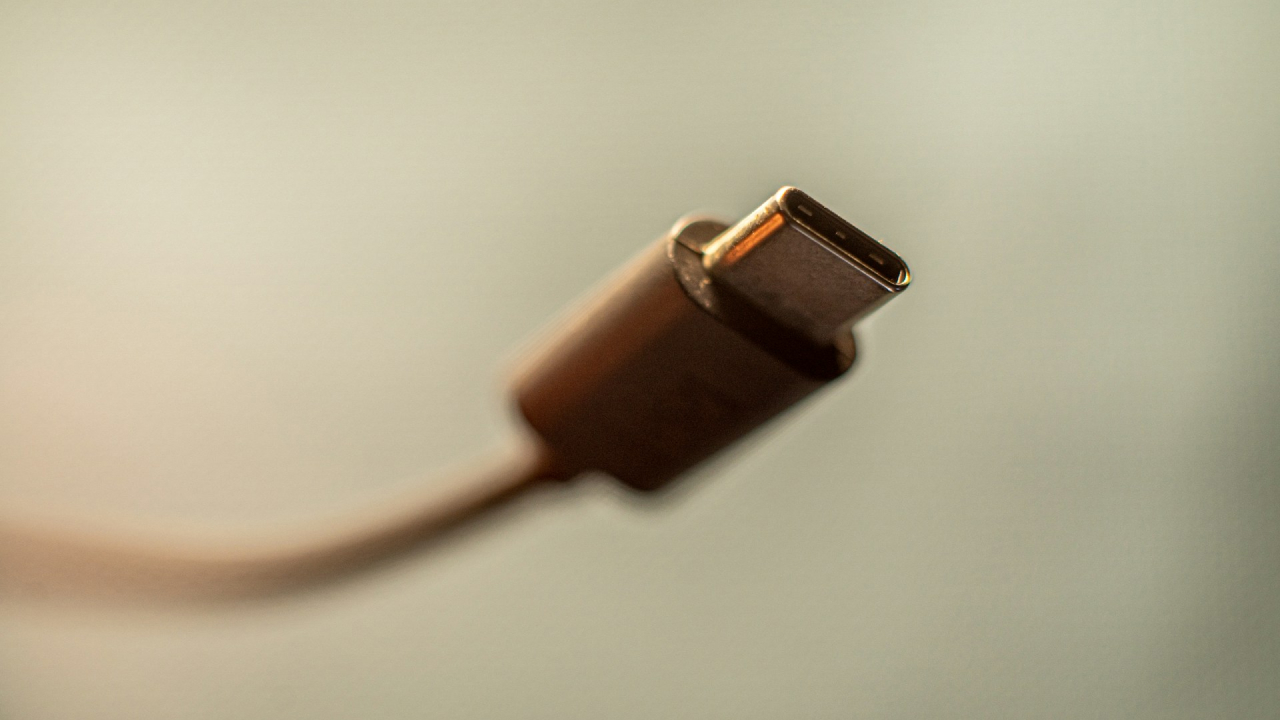When Apple unveiled the iPhone 15 series, it showcased flashy upgrades like improved cameras and new color options. Yet, the most significant change—one the tech world had anticipated for years—was the company’s decision to abandon its proprietary Lightning port in favor of the universal USB-C standard.
So, why did Apple make this shift now? While the company frames it as a user-centric innovation, the reasons behind the move are more complex.
The Primary Catalyst: Legal Pressure from the European Union
The biggest driver behind Apple’s transition was legal necessity. The European Union (EU) passed a law mandating USB-C as the standard charging port for all smartphones, tablets, and cameras sold in the region by the end of 2024. The goal was to reduce electronic waste and simplify consumers’ lives.
For years, Apple resisted USB-C to protect its ecosystem and revenue from Lightning accessories. However, complying with the EU regulation forced its hand. Since producing region-specific iPhones would be impractical, Apple adopted USB-C globally—presenting the change as visionary, even though it was largely unavoidable.
User Benefits: The Convenience of a Universal Standard
Beyond legal requirements, the shift to USB-C brings undeniable practical advantages for users:
- One Cable for All Devices: Now, the same cable can charge an iPhone, iPad, and MacBook. The days of scrambling for an iPhone-specific charger are over—even an Android user’s cable will work. This is especially useful for travelers and office environments.
- Improved Durability: Lightning ports and cables were notorious for fraying and failing over time, often forcing users to rely on wireless charging. USB-C, with its sturdier design, promises better longevity.
Technical Advantages and Ecosystem Synergy
Though Apple downplays this aspect, USB-C is a superior technology, particularly for power users:
- Faster Data Transfer: USB-C enables significantly quicker file transfers, especially on the iPhone 15 Pro models—a game-changer for photographers and videographers moving large files to a computer.
- Expanded Connectivity: The new port allows iPhones to connect seamlessly to external monitors, SSDs, card readers, and other peripherals, unlocking greater versatility.
Conclusion: A Necessary Shift with Universal Benefits
Apple’s move to USB-C was ultimately driven by EU regulations, but the outcome benefits everyone. While flashy features like cinematic video modes cater to niche audiences, a universal, durable, and fast charging standard improves the experience for all users.
Though Apple may have adopted USB-C reluctantly, the result is a win for practicality and convenience in the tech world.
